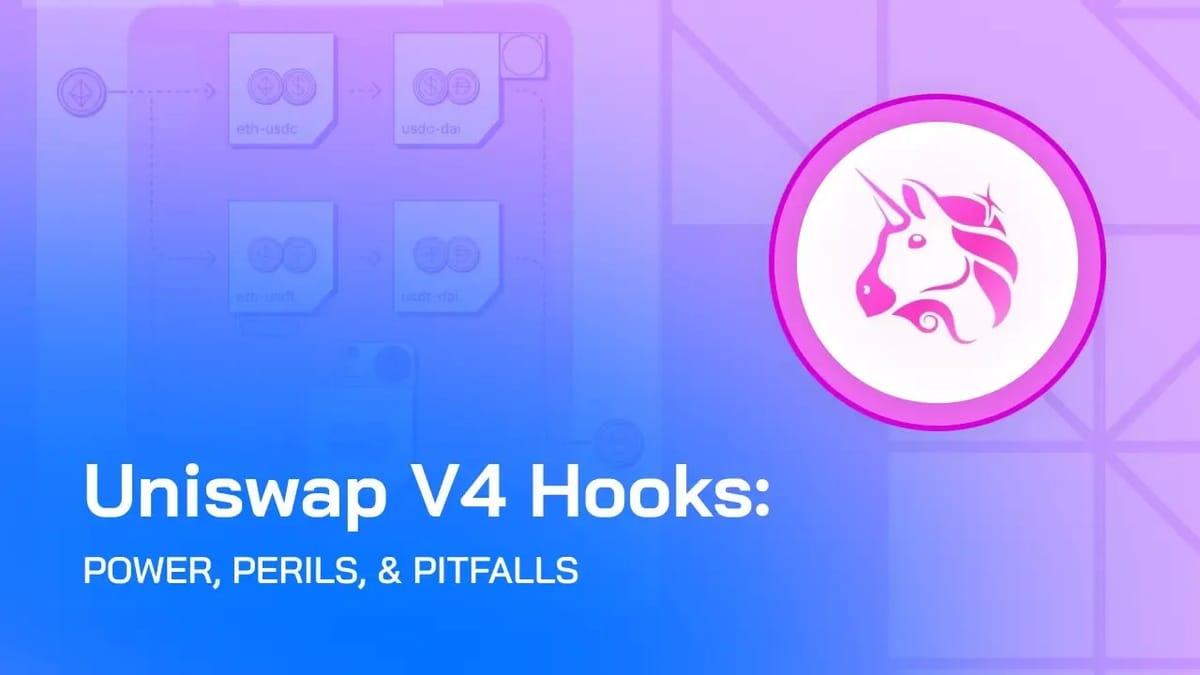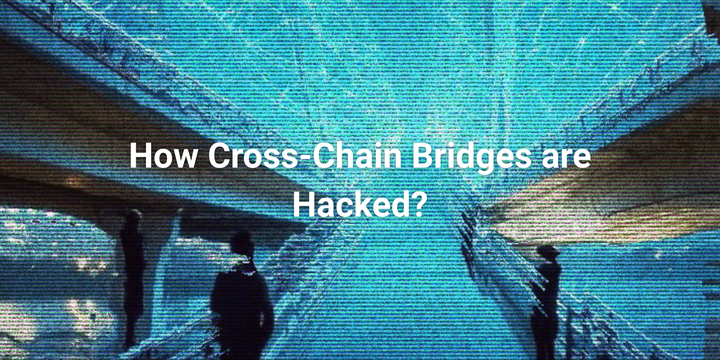Uniswap V4 Hooks: Unlock Power, Avoid Dangerous Security Risks

Source: Uniswap V4 Security Considerations | QuillAudits
Uniswap V4 launched recently on Ethereum Mainnet, introducing a groundbreaking feature: customizable hooks. These act like plugins for liquidity pools, enabling developers to add custom logic around critical pool events-such as swaps, liquidity updates, or donations. While this flexibility fuels new DeFi innovations, it simultaneously opens the door to novel security challenges that developers must carefully address.
What’s New in Uniswap V4?
Key advancements include:
- Customizable hooks: Embed code before/after key pool actions.
- Singleton design: All pools managed inside a single
PoolManagercontract. - Flash accounting: Balance updates happen in temporary storage during transactions and settle at the end.
- Dynamic fees: Swap fees adjust dynamically based on conditions.
- Native ETH support: Direct ETH integration without wrapping it into WETH.
Where Hooks Are Used
Hooks can execute code at these stages:
- Pool initialization (before/after)
- Liquidity modification (before/after)
- Swaps (before/after)
- Donations (before/after)
For example, a beforeSwap hook runs immediately prior to a swap. If defined, custom logic inside it will execute first, followed by the swap, then the afterSwap hook if present.
Top Security Considerations for Uniswap V4 Hooks
1. Reentrancy Vulnerabilities
Because hooks execute within swap transactions, if they call external contracts prematurely, attackers can exploit reentrancy-triggering multiple swap calls before the original finalizes, leading to drained liquidity.
Risk Illustration:
A malicious beforeSwap hook triggers a recursive call to the pool’s swap() function, enabling repeated asset drains.
Mitigation:
Implement reentrancy guards, for example by inheriting OpenZeppelin’s ReentrancyGuard, and apply the nonReentrant modifier to hook functions.
2. Gas Consumption & DoS Attacks
Hooks that consume excessive gas can cause transactions to fail, effectively locking liquidity pools from use, resulting in a denial-of-service (DoS).
Risk Illustration:
A hook running a heavy loop with thousands of iterations causes gas exhaustion.
Mitigation:
Design hooks with gas limits and efficient code, capping iterations and avoiding unnecessary computations.
3. Malicious Hook Injection
Since Uniswap V4 allows custom hooks, malicious actors can deploy harmful contracts posing as hooks, potentially stealing fees or other funds.
Risk Illustration:
An afterSwap hook transfers a portion of swapped tokens directly to an attacker’s address.
Mitigation:
Whitelist trusted hook addresses within the pool manager contract, ensuring only approved hooks execute.
4. Inconsistent Hook Execution Order
Incorrect order or logic in hooks can lead to inconsistent updates of pool states, causing errors or exploitable conditions.
Risk Illustration:
A beforeSwap hook incorrectly updates variables used later in the afterSwap hook, causing mismatched state and failed assertions.
Mitigation:
Ensure state modifications happen in a consistent and logical sequence, preferably updating state only after swaps.
Best Practices for Safe Hook Development
- Extend from a trusted base hook interface (e.g.,
BaseHook) to maintain compatibility. - Validate all return values from hooks to avoid transaction failures.
- Protect hooks with strict access control to prevent unauthorized calls.
- Audit all upgradeable contracts carefully to minimize centralization risks.
- Thoroughly validate input parameters to prevent manipulation by malicious pools.
- Exercise caution when modifying
hookDeltaor related sensitive state variables, as this can lead to theft.
Summary
Uniswap V4 hooks open vast possibilities for customization in DeFi, but they also introduce new attack vectors such as reentrancy, gas exhaustion, malicious hooks, and improper state changes. Awareness of these risks and adherence to security best practices are essential for safely harnessing the power of hooks.


